Have you added International Day of Peace (or World Peace Day) to your list of fall holidays to celebrate in the classroom this year? Peace Day falls on September 21 each year, and it’s a one of our favorite opportunities to add some peaceful activities to our students’ lessons.
Want to go a step further? We also have a wonderful compilation of resources based on conflict resolution skills. Whatever your plans are for Peace Day, the teacher team at Teach Starter has you covered with thoughtful activities, crafts and book recommendations! Read on for information on Peace Day, the theme for 2023, plus some activity ideas for your classroom!
What Do You Do on Peace Day?
Created by the United Nations General Assembly in 1981, Peace Day is celebrated around the world, and countless schools and individual classrooms take part every year in peace activities in the classroom, from writing peace pledges to creating peace flags or writing about peace.
Teaching kids about peace isn’t just talking about war and conflict. Peace is talking about kindness, fairness, inner peace, respect for the environment, conflict resolution and so much more.
What Is the Theme for Peace Day 2024?
You can stick to general peace activities for kids, but you may want to focus on the International Peace Day 2024 theme: “Actions for Peace: Our Commitment to the #GlobalGoals.”
This year’s theme recognizes our individual and collective responsibility to nurture peace.
Peace Day Activities for Kids
Celebrating Peace Day doesn’t require upending your lesson plans. You can keep things simple!
You can also fully lean into the UN’s Peace Day theme and discuss conflict resolution as an action for peace with your students. Browse these peaceful ideas to make this year’s Peace Day the most successful one yet.
We’ve also suggested a few stories at the bottom of this post and some classroom craft ideas to display as a talking point for visitors — perhaps something to show parents during parent/teacher conferences.
Dedicate Your Morning Meeting to Conflict Resolution
Adding some questions about conflict resolution to your morning meeting not only embraces the UN’s theme for Peace Day but also sparks some important discussion and learning for your students. A thoughtful conversation can set the tone for the rest of the school day and hopefully the rest of the school year!
- How does it feel to disagree with someone?
- What can you do when you’re feeling angry with someone?
- What is a conflict you’ve had with a friend before? How did you solve it?
- How could you have better handled an argument you had with someone?
- What does peace look like?
- What does the word “peace” mean to you?
- Can you think of any examples of peace in your everyday life?
- Why is peace important?
- How can you promote peace?
Foster Inner Peace With Mindfulness
It’s important that children understand inner peace. When children practice mindfulness, they can share their peace with others.
Run your students through a simple 5-minute rainbow breathing video in the mornings to help them find their center and start the day feeling peaceful and focused!
Hang Conflict Resolution Reminders
We know that a morning meeting or even a week of meetings may not be sufficient to cover all the conflict resolution skills your students need to learn and practice, and that’s OK!
To help remind your students that conflicts are a natural part of life and that they have the power to resolve them, our team of dedicated teachers created this poster to help your class make intelligent, peaceful decisions.
Make the most of your Conflict Management poster by using it in a variety of ways:
- Print our (free) poster on tabloid paper and display it in your classroom. By the end of the year, students are sure to have picked up on these valuable tips!
- You can also print this poster on letter paper to hand out to your students to save in their student diaries or homework book for regular reference.
- Share and refer your students to this poster during your morning meeting(s) on conflict resolution.
Conduct a Conflict Resolution Skit
Actively engaging students in conflict resolution will help give them the confidence to apply their new skills in their everyday lives. Discussing resolution tips is helpful, but watching it in example form or acting it out can be beneficial, too.
Enhance your students’ understanding of conflict resolution solutions by having students act them out! Randomly choose two students to get up in front of the class with a prompt. After improvising a scene for 15-30 seconds, pause and discuss with the class how the situation could be resolved.
Keep some role-play ideas on strips of paper to draw out of a jar for this activity:
- You saw your friend copy your homework and receive a good grade. When you told your teacher, your friend got upset.
- A friend told your classmates a secret that wasn’t meant to be shared.
- A classmate keeps calling you by a nickname you don’t like or prefer.
- You invite your friends to eat with you at lunch, but they decide to eat with someone else instead.
- Someone calls you a mean name on the playground.
- You see a classmate bullying another student who begins to cry.
- Your friend borrows one of your pencils every day, and now you are down to your last pencil.
- A classmate laughs at your artwork in class and calls it ugly.
Learn About the Nobel Peace Prize
The ultimate peacemakers and conflict resolution heroes of our world include Nobel Prize winners like Martin Luther King Jr., Elie Wiesel, Dalai Lama, Nelson Mandela and Malala Yousafzai.
What better day is there than the International Day of Peace to introduce your students to these important peacemakers?
Encourage them to think about how they could improve the world with our My Nobel Prize drawing template and writing template for older students.
Share Some Peace Day Creative Writing Prompts
Get your students to develop their writing skills by writing about what peace looks like.
Some writing prompt ideas include:
- What makes you feel peaceful?
- Why is it important to have Peace Day?
- Write a poem about what it sounds like, feels like and looks like to be peaceful.
- How can we teach people to be peaceful?
- What are some ways to maintain peace in your everyday life?
- If there isn’t an adult around, how can you resolve a conflict on your own?
- Describe peace in five words.
- Give an example of how you helped a friend resolve a conflict.
- If you witness someone bullying, what are three things you could do to put an end to it?
Remind Students Kindness = Peace
To practice kindness is to promote peace. You can easily combine kindness activities and projects with Peace Day discussions, and bring in curriculum too by using kindness and peace as a writing prompt for your students!
Use our Kindness Reflection Mini Booklet to get your students thinking about how they can be kind to others, themselves, and the planet, then have them work individually or in small groups to write out lists of build-ups they can use to share when a friend is having a bad day or ways they can be more at peace with the environment.
Tie this activity into a full bulletin board display for the hallway outside your classroom so other students from around the school are reminded that being kind is easy and makes everyone feel good.
Want to continue with the kindness theme? These Cool to Be Kind Hat Templates are a sure way to encourage your students to promote kindness and spread peace and love. Perhaps a class photo with these hats will inspire other classes to participate too!
Double dip activities and use our Stick With Kindness craft to get students to reflect on how they treat others while simultaneously preparing a great display for World Kindness Day on November 13th!
Spread Peace to the Whole School
Apart from being a fantastic way to introduce to your students the basic concepts of peace, this very catchy tune is the perfect assembly performance piece for International Peace Day. Be careful; it can be an earworm for days to come!
“One by one in our work and in our play, we are teaching peace by what we do and what we say!”
Easy Peace Day Crafts for Kids
Now that you’ve discussed conflict resolution and learning to spread peace with your kids, let’s dive into some creative ways to promote peace visually! Keep scrolling for some easy craft ideas you can do with your students and even compile for a colorful and meaningful bulletin board display.
Dove + Origami = Peace
You may have read your class the story Sadako and the Thousand Paper Cranes or may want to this year for Peace Day! It tells the story of Sadako Sasaki, a young Japanese girl who was severely injured by one of the atomic bombs that the United States dropped on Japan during World War II. Sadako became famous for folding paper cranes shaped like doves after the war, and the tradition of origami or Japanese paper folding became a symbol of peace because of the young heroine. You can combine origami with the story of Sadako Sasaki for a moving International Peace Day activity.
Instead of paper cranes, get your students to create their own origami dove (or grab the origami instructions to print out for each student), a bird symbolically associated with peace in many religions and cultures.
Create a Paper Plate Peace Wreath
Wreaths are full of rich history and symbolism. They are usually made from evergreens and represent strength, as evergreens last even through the harshest of winters.
What you’ll need:
- paper plates (with the middle cut out)
- scissors
- glue
- colored paper
- Peace Day templates
Download and print out the Peace Day template on colored paper. Place students in small groups so that they can share a variety of colors to cover their Peace Day paper plate wreath.
Make a ‘Peace is…’ Heart Mobile
Cut out hearts — or make it easy on yourself and use our pre-designed Heart Template (it’s free!). Print four hearts for each student on different colored paper.
Instruct your students to write what peace means to them on one heart, then stick on some colored streamers or crepe paper. Fan out the other heart templates at the top to create this colorful peace mobile to hang around your classroom.
Make Pinwheels for Peace
Jump on board the pinwheels for peace initiative as part of the week’s social and emotional learning lesson. Pinwheels symbolize childhood or a time when things were simple, joyful, and peaceful.
Use our Mindfulness Pinwheel Template, to have students create their own pinwheel and write words that relate to peace on the white space. They can add their own wish for the world.
“Plant” the pinwheels outside as a class or, better yet, as an entire school! You can even organize the pinwheels in the shape of a peace sign. The spinning pinwheels will symbolize the spread of peaceful thoughts and feelings throughout the country.
Children’s Books About Peace to Read in the Classroom
There are several beautiful children’s books that can help your students understand the many sides of peace. Here are three of our teacher team’s favorites:
- Whoever You Are by Mem Fox — This story weaves its way across cultures and generations, celebrating the bond that unites us all.
- I Am Peace – A Book of Mindfulness by Susan Verde and Peter H. Reynolds — When the world feels chaotic, find peace within through accessible mindfulness practice.
- The Peace Book by Todd Parr — This beautiful story delivers a positive message of peace with bright, bold colors and silly scenes. Perfect for young readers, the importance of friendship, caring, and acceptance are brought to life.
Conflict Resolution Books for Kids to Read Out Loud
In addition to those books specifically about peace that we mentioned about, check out these recommendations from our teacher team to approach conflict resolution on Peace Day:
- The Squirrels Who Squabbled by Rachel Bright
- Rita and Ralph’s Rotten Day by Carmen Agra Deedy
- We Disagree by Bethanie Deeney Murguia
- There’s a Bear on My Chair by Ross Collins
- The Recess Queen by Alexis O’Neill


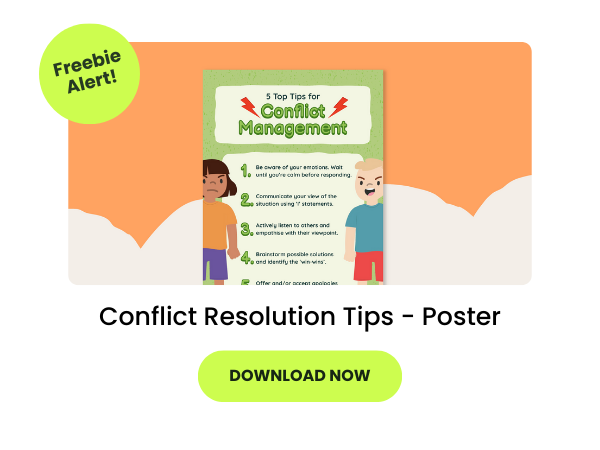

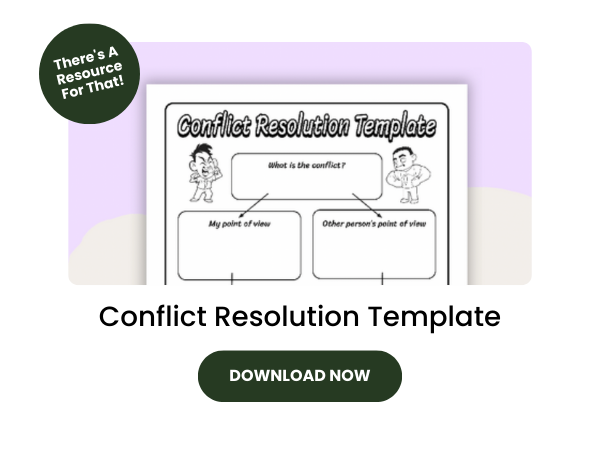
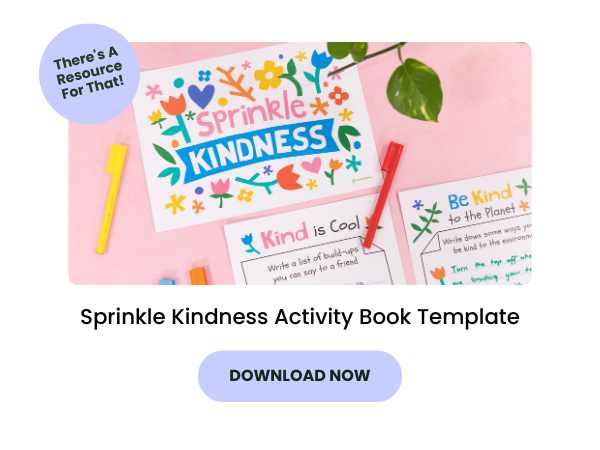

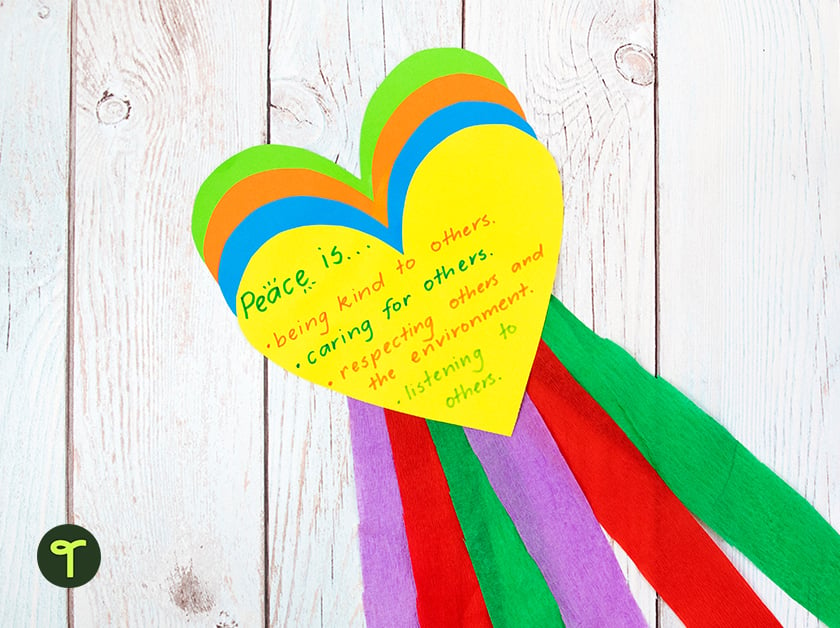
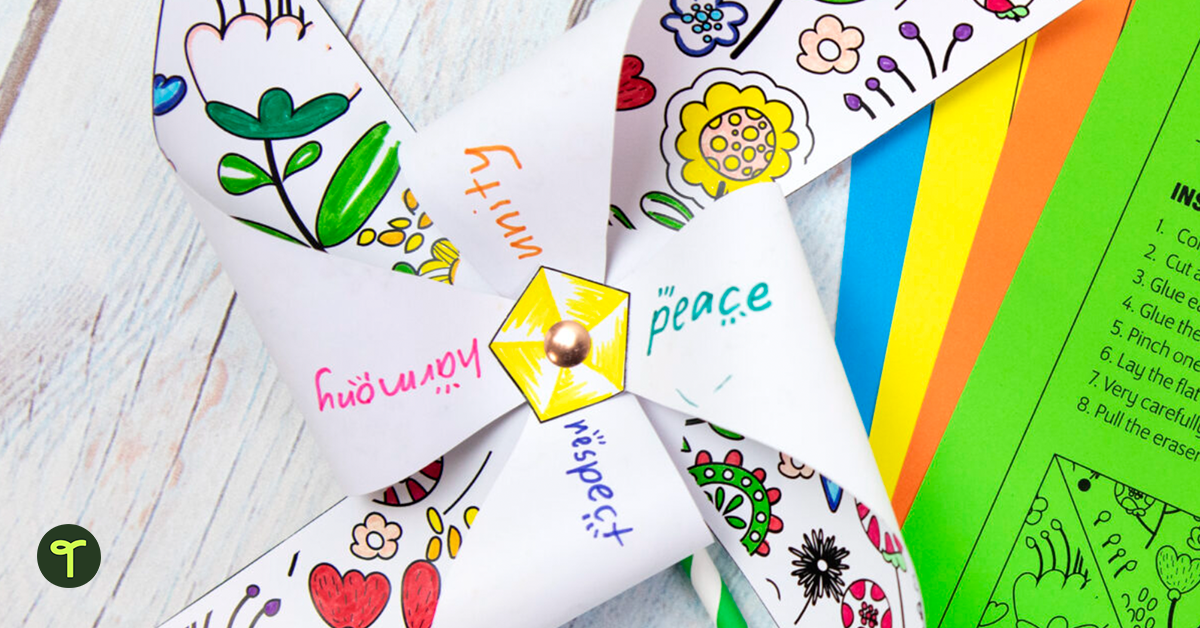







Comments